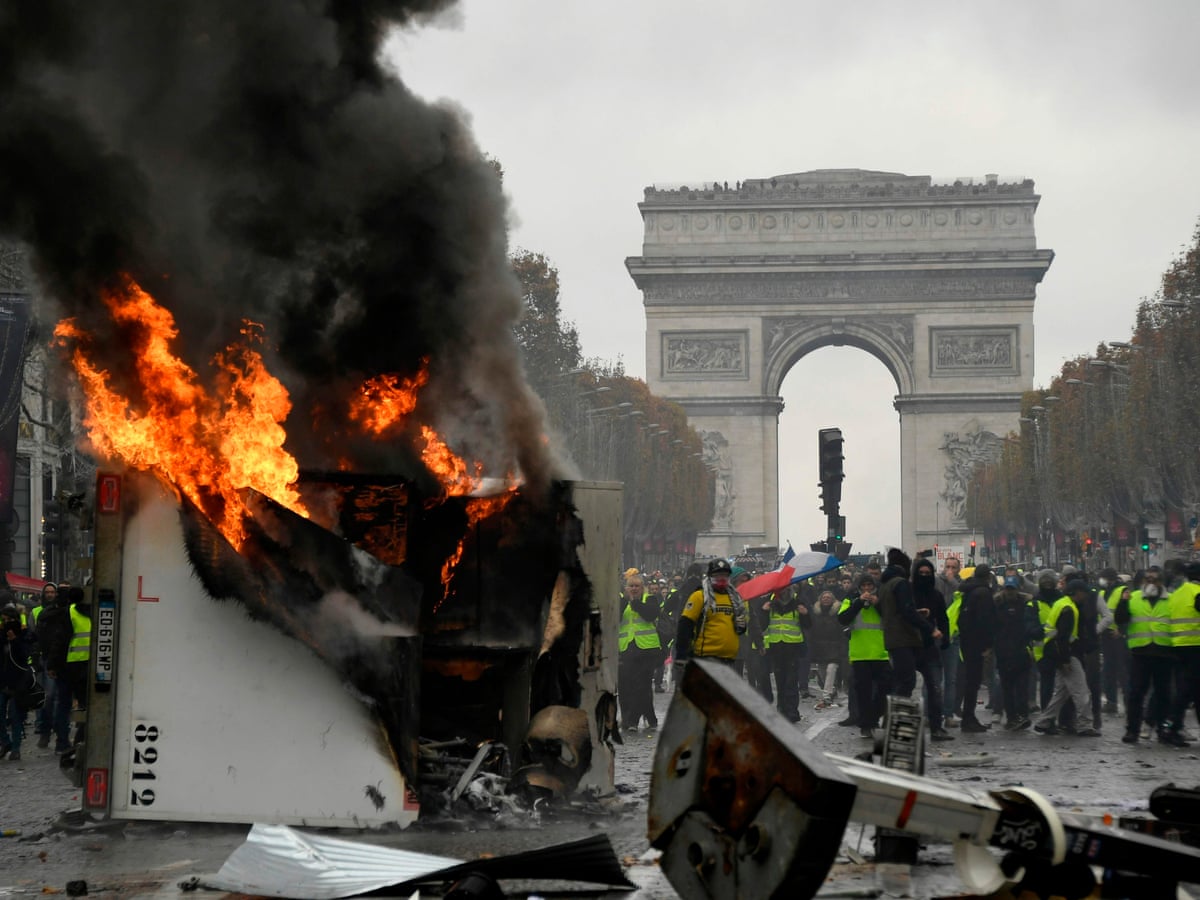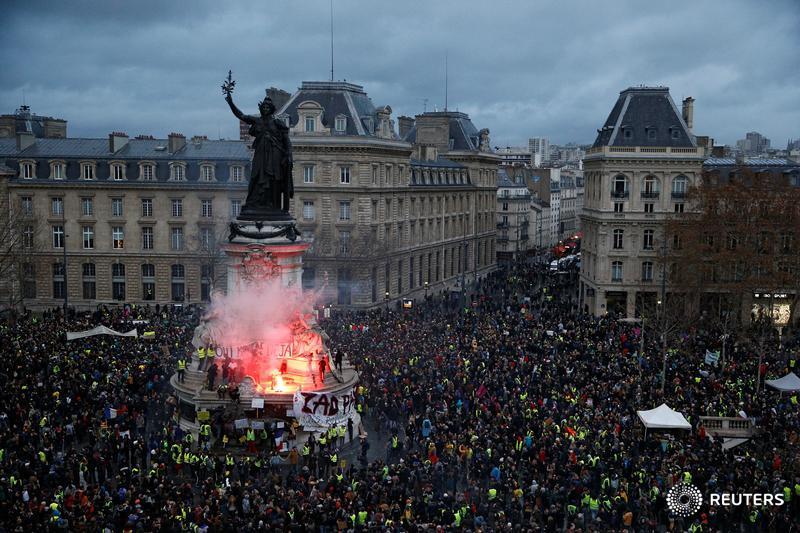Espaces urbains politiques
Paris has long been known as a city of political and cultural significance. Its urban spaces and architecture have been used to convey political messages, and throughout history, these spaces have been targeted for riots and political agendas. In recent years, the city has seen a rise in protests and civil unrest, with certain urban spaces and architecture becoming symbolic battlegrounds for political expression.
One of the most notable urban spaces in Paris used for political agendas is the Place de la République. This public square has long been a symbol of French democracy and has played a central role in political rallies, protests, and demonstrations. It is an important site for political expression, and its central location in the city makes it a prime location for large gatherings. Another urban space that has been targeted for political agendas in Paris is the Champs-Élysées. This iconic boulevard, with its high-end shops and luxury hotels, has become a symbol of French capitalism and has been targeted by protesters calling for economic justice. The Champs-Élysées has also been the site of violent clashes between police and protesters during riots, with both sides using the architecture of the boulevard to their advantage.
The architecture of certain buildings in Paris has also been used to convey political messages and has been targeted for riots and protests. The most notable example of this is the Notre-Dame Cathedral, which was the site of a massive fire in 2019. The fire was not caused by political agendas, but it did become a rallying cry for activists calling for action on climate change. The cathedral's architecture, with its Gothic spires and stained glass windows, served as a symbol of the city's heritage and inspired calls for action to protect historic landmarks.
The architecture of public buildings has also been targeted for political agendas in Paris. The Palais Bourbon, the seat of the French National Assembly, has been the site of protests and clashes between police and demonstrators. The building's neoclassical architecture, with its grand columns and ornate façade, has been used to convey political power and has become a target for those protesting against the French government.
Paris's urban spaces and architecture have long been used for political agendas and have become symbolic battlegrounds for political expression. Certain urban spaces and buildings, such as the Place de la République and the Notre-Dame Cathedral, have become important sites for political rallies and protests, while others, such as the Champs-Élysées and the Palais Bourbon, have been targeted for their architecture and symbolic value. The architecture of Paris serves as a reminder that the built environment is not neutral but can be used to convey political messages and shape public opinion.




Comments
Post a Comment